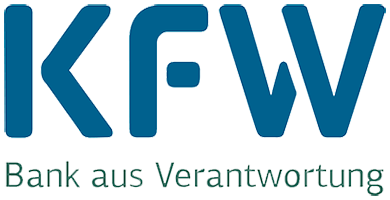Supported value chains

The potential of Kyrgyzstan in the area of fruit and berry production has just started to be utilized. Actually, about 53,000 ha are under these perennial crops (2022)….

Wheat occupies around 250,000 ha and barley 220,000 ha. It is roughly assumed that around 40% (100,000 ha) of the wheat area is on rain-fed land and 90% (200,000 ha) of the barley area….

In Kyrgyzstan cabbage, beets, carrots, tomatoes, cucumbers, and onions are grown commercially on about 55,000 ha (2022), occupying 4.4% of arable land….

The sugar industry in Chui Oblast is well established and substantially contributes to the income of around 2,000 farmers. In 2022, they cultivated around 9,000 ha….

In 2022, on around 74,000 ha of land potatoes are grown. The potato production area decreased in the last five years….
General scheme approach across VCs
The project selects suitable primary production clusters of sufficiently high development potential for establishing support schemes. Main target of a scheme is to provide needed farm services (input and credit supply, advisory services, produce aggregation and conditioning services). Right from the beginning, the project support scheme will be designed to become commercially viable within project lifetime. In most cases, one or several farmer or service provider organizations, within the cluster, adopt the functions of the support scheme and continue providing these farm services on a commercial basis. The organizational structure might be a cooperative of farmers and advisors and/or commercial input suppliers and companies that provide storage, processing and/or marketing services. It is an advantage for any scheme to have an organizational structure to which the expected farm services can be connected.
The economic pre-condition for such an approach is that farmers drastically increase their income from the target crop by at least 30 to 40%, better by 50% or more, enabling them to pay for farm services. Already in the first year of scheme operation, it must be obvious for farmers that they will earn substantially more money as a member of the scheme. This can be reached either by drastically increasing yields and/or by improving produce quality to receive higher prices. To achieve this, agricultural advisory services (AAS) are key. They will be hired by the project to implement a so-called crop monitoring system that also includes in-time delivery of quality inputs. According to this concept, agricultural field advisors monitor the fields of scheme farmers weekly during critical seasons and advise farmers to implement proper field operations in time. They also assess the level of pest infestation of the crop to identify the economic threshold for spraying. This system usually leads to anticipated increased yields and/or quality improvements within one year. This is important to convince farmers to continue being scheme members and to make them willing to pay even for the advisory services, which in turn is essential for sustainability of the services.
Initially, field advisors require project subsidies, however, with a clear exit strategy for the subsidies right from the beginning. Before end of project lifetime, subsidies need to be completely phased out, meaning that farmers have to pay 100% for advisory services in one or another way. This usually goes along with the integration of the agricultural field advisors in the above-mentioned organizational structure that continues providing farm services after the end of the project.
There are several strategies to introduce new or improved inputs and machinery to the farm level. They are important for increasing yields and improving produce quality, but are usually more expensive than previously used inputs and machinery services. Therefore, most projects pay the first year’s inputs or the first machinery for demonstrating advantages. However, for sustainability reasons (to get used to pay), it is an important principle that farmers never should receive completely free-of-charge inputs or machinery service.
As far as possible, the schemes in the five VCs will mostly follow this anticipated approach. However, each VC has specific conditions, requirements and starting points that are described in the following.





